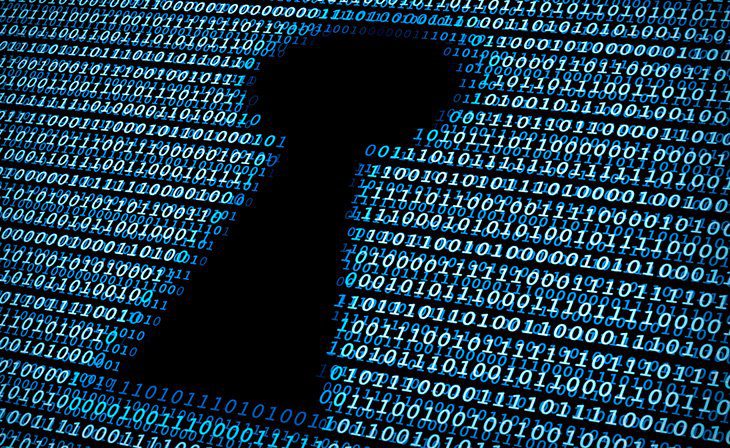Blogs

How to Make a Minecraft Server? Everything You Need to Know
July 28, 2020
4 Effective Ways to Improve Election Security
August 17, 2020Turn back the clock to two-decade back and you will realize that there are only a handful of devices that you can easily count on your fingers. Fast forward to today, we have millions of devices. User demands and IT requirements are changing rapidly. That is how much the technology landscape has changed for the last two decades.
All this has made the traditional endpoint security approach obsolete because it fails to cope up with the present and future challenges of endpoint security. This is why it is important for businesses to create a new endpoint security strategy to deal with emerging challenges. This enables you to deliver a faster response to suspicious activity and reduces the technology and management costs
More importantly, they should invest in the right cybersecurity solutions, which can help them secure their digital assets. Yes, it might result in a significant chunk of your cybersecurity budget going to endpoint security, but it will also give you the peace of mind that your devices are secure.
Here are five reasons why your business must spend money on endpoint security.
1. Growing Device Heterogeneity
With most people using multiple devices to complete their business tasks and each having different hardware and software specifications, businesses have their work cut out when it comes to securing these devices. What’s more, every endpoint architecture demands a unique set of management capabilities, which complicate things even further. Businesses must ensure that all the cogs in the wheels function smoothly consistently to achieve success. You can only ensure that if you have invested in the right endpoint security solution that can deal with such challenges.
2. Ever Changing User Demands
Consumerization of IT has proven to be a catalyst for transforming business environments and driving cultural change. You can see those changes if you carefully analyze the service level agreements. Gone are the days when you think twice before asking for access. Today’s workforce doesn’t wait a moment when it comes to requesting access to resources. They need to get work done.
As technology awareness grows, more and more employees are performing mundane endpoint management tasks such as installing and configuring required applications on their own. This changes the entire dynamics of how security tasks are performed. That is why it is important that all the tasks, whether they are management related, security-related or related to any other domain, should consider the impact it can have on the user experience.
3. Sophisticated Cybersecurity Attacks
According to research conducted by EMA, 73% of businesses are infected by malware or ransomware attack. If that is not enough to give you a wakeup call, then here is a stat that will surely do. A whopping 90% of organizations experience an access policy violation. Yes, you read that right, 90%.
The biggest challenge for cybersecurity professionals responsible for securing your critical business assets is that attacks targeting them are increasing both in numbers and complexity. With new malware types emerging and hackers using advanced technologies such as AI to their advantage, this trend will continue in years to come. So, how can businesses protect themselves in such a situation? The short answer to this question is by investing in cybersecurity tools and training.
4. Expanding Remote Workforce
Business dynamics are changing, and remote work has become an integral part of today’s workplace. Due to the ever-growing remote workforce, portable devices such as laptops and smartphones have become the preferred choice for completing business tasks.
The biggest downside of having too many remote workers is delivering support. As they are located outside your premises, it is difficult for administrators to access devices used by remote workers. Even worse, they don’t even have control over which network your remote worker connects to. When you throw in the possibility of these remote devices being stolen or hacked, you can clearly see how difficult it is to handle remote workers.
5. Decentralized IT Services
Gone are the days when IT services used to be centrally managed. Today, we live in an era of distributed computing where IT systems consist of public/private cloud, virtual instances, application hosting environments, web services and more. Most businesses are using a hybrid approach with their applications and data spread across multiple environments, such as best dedicated servers on-premises or in the cloud. As a result, your IT team has to cope up with the growing demand for configuration, security, management, and delivery of critical IT resources. They have to deal with separate hosting locations, unique access requirements and create licensing processes for each.
Which is the most important reason that persuades you to spend money on endpoint security? Feel free to share it with us in the comments section below.
Featured Post
7 Cybersecurity Trends That Will Dominate in 2026
As we approach 2026, the digital landscape continues to evolve at an unprecedented pace, bringing both innovation and new threats. Cybersecurity has become a cornerstone of […]
Black Hat 2025: 10 Cool New Cybersecurity Products Announced At The Conference
Black Hat 2025 conference took place from August 2–7 2025 in Las Vegas, saw a wave of next‑gen security tools focused on AI, agentic systems, data […]
5 Key Takeaways from IBM’s Cost of Data Breach Report 2025
The landscape of cybersecurity threats continues to evolve rapidly and expensively. IBM’s Cost of a Data Breach Report 2025, based on research from the Ponemon Institute, […]












